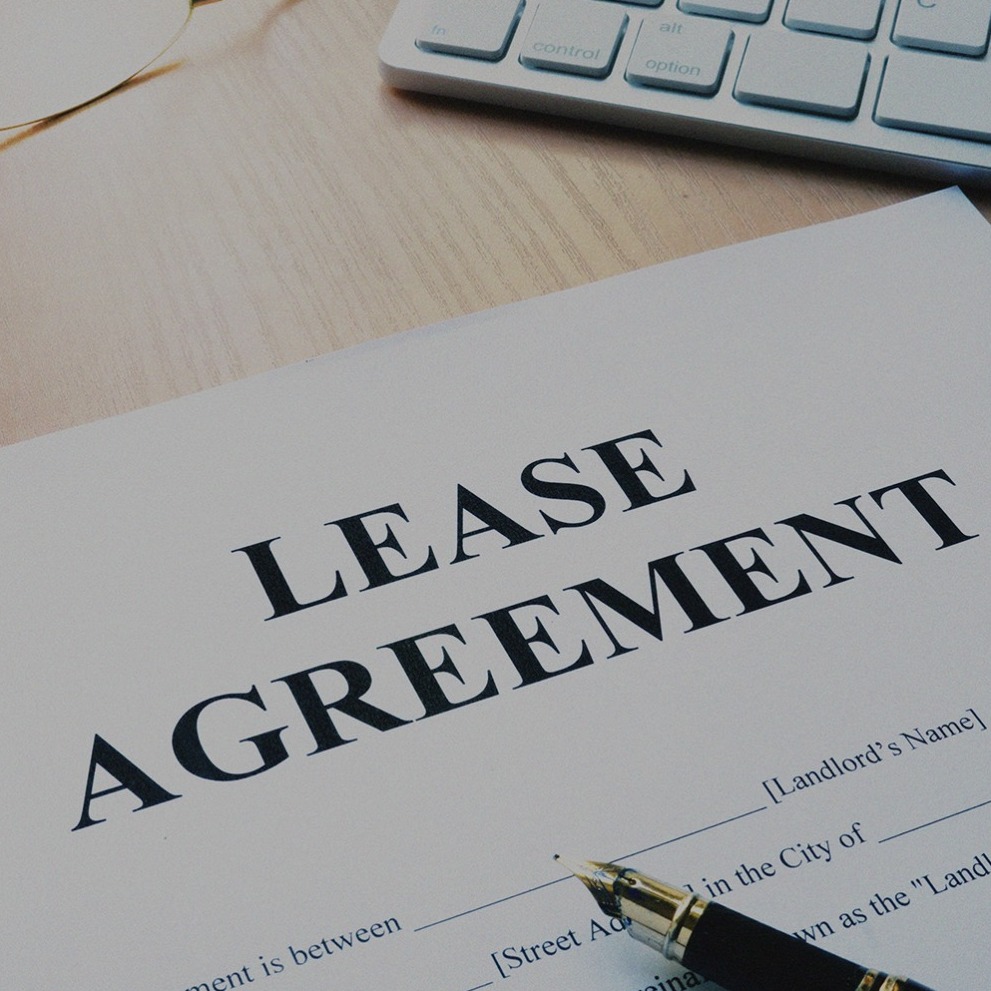Victoria’s renewed Commercial Tenancy Relief Scheme: 5 key departures from previous Scheme
The Victorian Government announced its revival of the Commercial Tenancy Relief Scheme in July 2021. After much speculation as to the contents of the renewed Scheme, the Commercial Tenancy Relief Scheme Regulations 2021 (“New Regulations”) were passed through Parliament on 24 August 2021.
Many aspects of the new Regulations will be familiar to landlords and tenants in Victoria.
For a summary of the key items of the previous version of the Scheme, please view our articles:
However, the new Regulations are far more complex than their predecessor and we have set out below, a summary of 5 of the key departures that the New Regulations make from the previous version.
1. Timing is critical
In order to receive the full benefit of the ‘protection period’ of 28 July 2021 to 15 January 2022, tenants must submit their compliant request for rent relief by 30 September 2021.
Any compliant request received after that date will only have effect from the date of receipt. This effectively means, for example, that if a tenant submits its compliant request on 8 October 2021, it will lose out on about 10 weeks of rent relief it could have otherwise received if it made the request by the 30 September deadline.
2. Complex decline in turnover test
In order to be an ‘eligible tenant’, a tenant must (amongst other things) satisfy the decline in turnover test showing that the tenant’s turnover has been reduced by 30%. The New Regulations prescribe a ‘Turnover Test Period’ and ‘Comparison Turnover Period’, based on when a tenant commenced trading.
Unlike the previous Regulations, these periods are not defined by the JobKeeper scheme and parties should ensure that the appropriate comparative periods are used to evaluate eligibility for rent relief. Unlike the previous scheme (which was limited to turnover arising only from the relevant premises), turnover now includes all turnover of the tenant entity including turnover from online sales or sales from other sites.
3. Prescribed process for applications for rent relief
The new Regulations impose a stricter timeline for applications for rent relief than their predecessor. In short:
- Provision of supporting information: A tenant has 14 days from its request for rent relief, to provide the required supporting information (including a written statement, statutory declaration and supporting financial information). If this information is not provided within 14 days, the tenant’s request will ‘lapse’ and the tenant will need to make a fresh request. A tenant can make up to 3 requests for rent relief before they are ‘locked out’ of the benefit of the Scheme.
- Offer by landlord: A landlord has 14 days from provision of all required supporting information by the tenant, to make an offer of rent relief. The new Regulations set out the criteria for a compliant offer of rent relief.
- Acceptance of offer: A landlord’s compliant offer of rent relief is deemed to have been accepted 14 days after the offer is made, in the event that negotiations for rent relief are protracted and the tenant has not referred the matter to the VSBC.
4. Mandatory reassessment
Once a tenant satisfies the eligibility criteria for rent relief, it cannot subsequently be considered ineligible (e.g. if its turnover does not meet the 30% decline threshold in subsequent quarters). However, where:
- there is an existing agreement for rent relief;
- the tenant’s request and supporting evidence was received by the landlord prior to 30 September 2021; and
- the tenant commenced trading prior to 1 April 2021,
the tenant must, before 31 October 2021, provide fresh turnover information for prescribed quarters as well as a new statutory declaration in support of the turnover information.
Where there is a change in the tenant’s decline in turnover, the existing rent relief agreement is deemed to be varied to reflect the new change in turnover. If a tenant fails to provide the fresh turnover information by 31 October 2021, then the existing rent relief agreement is deemed to be varied to remove any component of rent waiver previously granted.
It is critical that both landlords and tenants are aware of the mandatory reassessment obligation.
5. Clarity around rent increases
While the previous Regulations caused uncertainty regarding the operation of ‘skipped’ rent increases, the new Regulations offer further clarity. Landlords cannot apply rent increases to eligible leases between 28 July 2021 and 15 January 2022, regardless of whether the tenant has made a request for rent relief.
Any rent increases which would have otherwise applied will be “void” and are never to be applied or claimed by the landlord, and the landlord must wait until the next scheduled review date to increase the rent payable under the lease.
Get legal advice
The new Regulations are complex. As always, landlords and tenants should obtain expert legal advice on their rights and obligations under the legislation. Seeking advice early, and before you finalise any agreement in writing, will certainly protect your business. For assistance in relation to the renewed Commercial Tenancy Relief Scheme, please get in touch with us.







